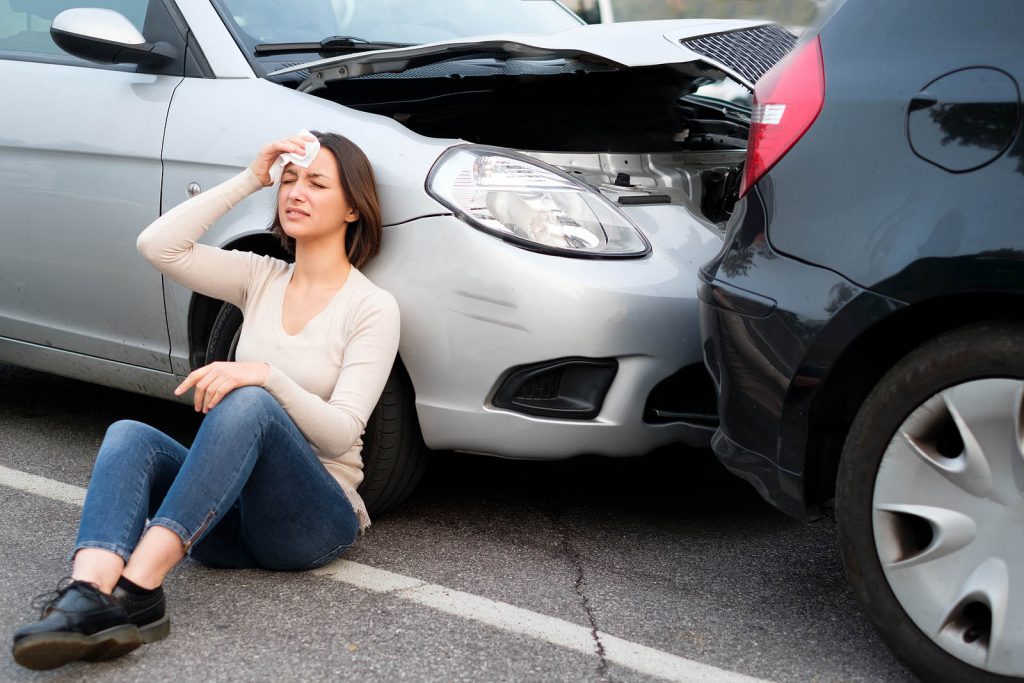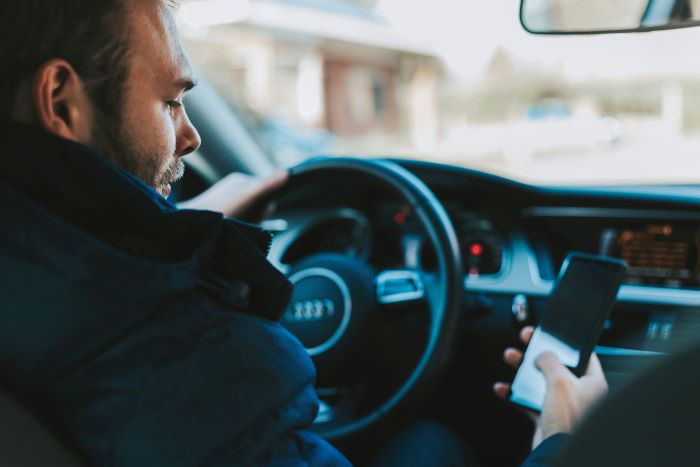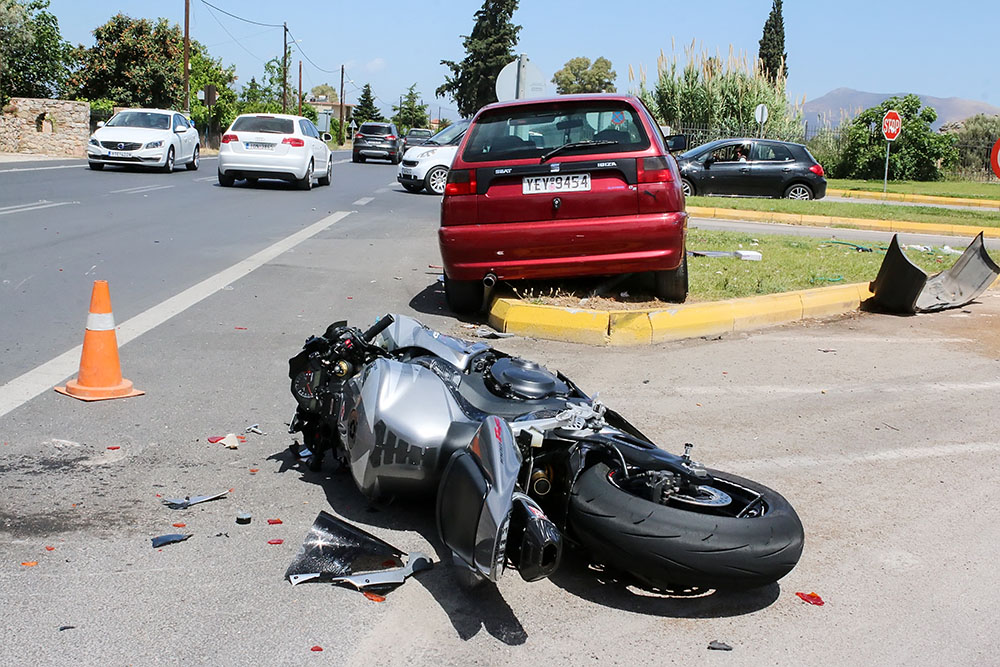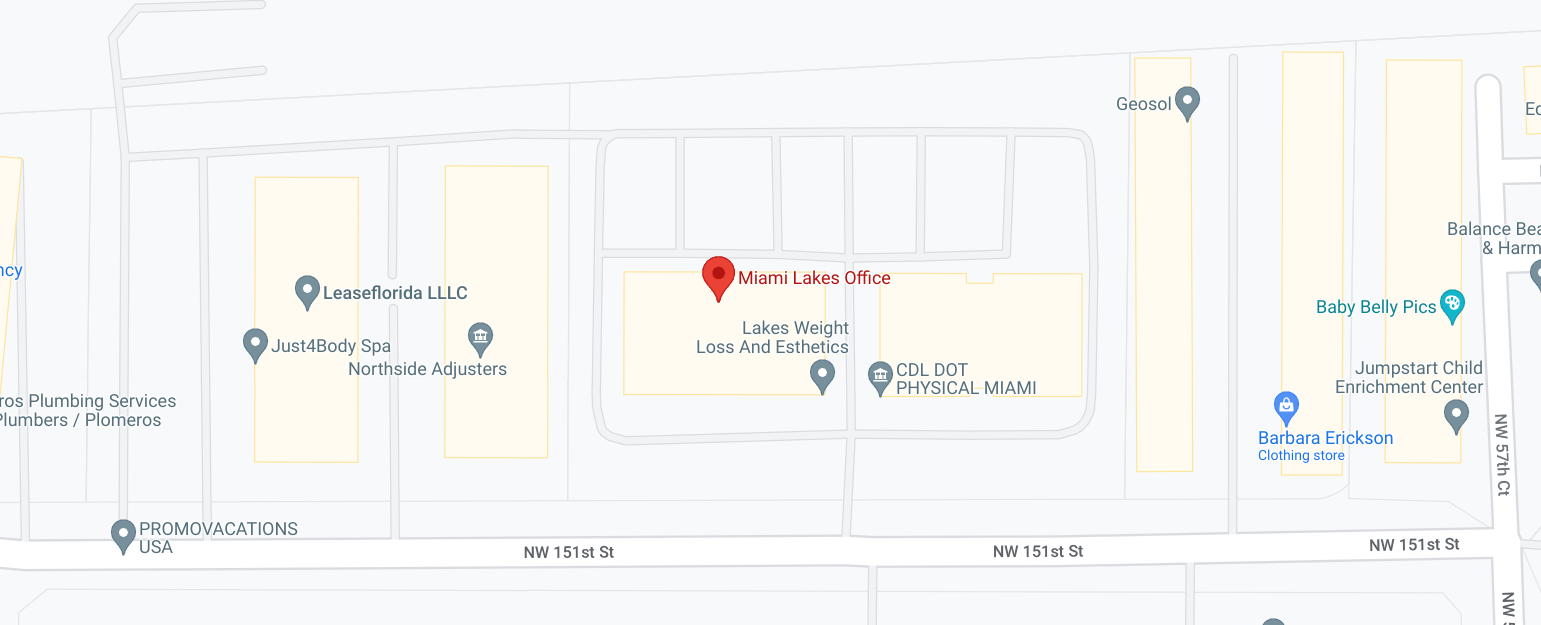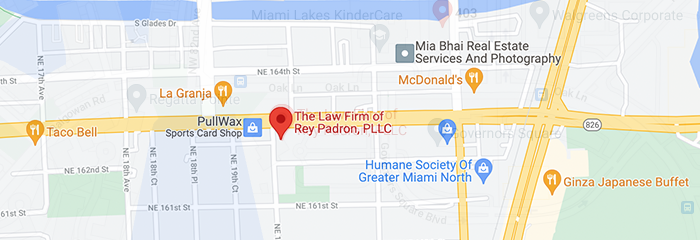Determining fault and liability in a car accident is essential for various reasons. It is vital in seeking compensation for damages, especially if the car collision resulted in significant damage, personal injury or death. Unfortunately, pileup crashes are complex cases that require extensive legal know-how to navigate successfully and achieve the maximum compensation. This guide details what you can do to ensure you can determine liability in a multi-car accident to protect your rights.
Why Are Multi-Vehicle Car Accidents More Dangerous?
Multi-car accidents are more dangerous than if two vehicles were involved in a collision.
One such risk is the increased severity of injuries and risk of death. When more than one vehicle is involved in a pileup, the impact is more significant due to the compounding of vehicles, which also increases the risk and severity of injuries. Your vehicle can sustain impact at different angles than if it were just one vehicle.
Furthermore, fatalities are more frequent in multi-car collisions. Additionally, impact can occur from various angles, and the extent of damage can significantly increase the likelihood of fatal accidents. Therefore, even if your vehicle has safety features such as airbags and crumple zones, they may be inadequate against multiple sources of impact.
Another reason multi-vehicle car crashes are more dangerous is the complexity involved in responding to these emergencies. More vehicles and occupants have to be considered, which adds to the risk of responding to the incident. It is incredibly complicated as investigators need to preserve the scene as part of their investigation.
Finally, multi-car crashes present the added risk of secondary accidents. They are common on busy roads and highways, where the current flow of traffic places added risk of additional collisions if other drivers are unaware of the roadblocks caused by the pileup.
Considering these factors, multi-car crashes are more complex regarding the emergency response and the associated legal proceedings.
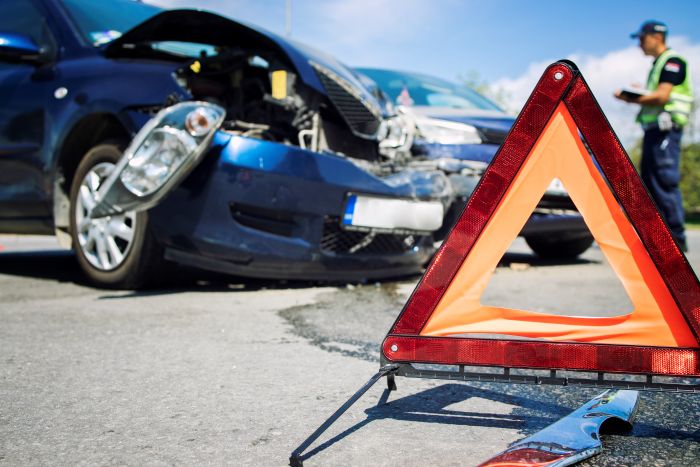
Common Causes of Multi-Vehicle Car Accidents
Understanding the common causes of a multi-vehicle car crash enables you to prevent them or reduce the possibility of one occurring. While certain things are outside your control, taking extra measures to prevent car collisions can improve road safety, especially if all drivers adopt this mindset.
Multi-vehicle car collisions are typically a result of a chain of disastrous events. It can start with one driver who is negligent and starts a collision that impacts multiple vehicles. For example, a drunk driver who loses control hits one car out of position and then that car impacts another car, and so on. A single collision prompts a chain reaction leading to multiple collisions in one incident.
Car accidents can occur at a moment’s notice. A car that veers out of control in a split second could violently collide with other vehicles on a busy expressway or traffic, especially when traveling at high speeds. Even if a vehicle reacts, it might have nowhere to go but to collide with other vehicles in congested traffic.
The following are the most common causes of multi-vehicle car accidents that you should avoid at all costs:
1. Distracted Driving
Distracted driving is when a driver engages in any activity that takes their focus away from the road. It could be texting, answering phone calls, or talking with their car companion. Even for a single second, taking your eyes off the road could be dangerous and put you at risk of a car crash. It also limits a driver’s ability to react in time when the car in front reduces speed or there is stopped traffic ahead.
2. Drunk Driving
Driving under the influence of alcohol is one of the leading causes of car accidents in Miami. It can also trigger a multi-vehicle car crash as too much alcohol reduces a driver’s ability to react in time to any changes in the flow of traffic. Most drunk drivers tend to over-speed because they lose their cognitive ability to observe or obey traffic rules. These factors contribute to a higher risk of car collisions with drunk driving.
3. Speeding
Drunk or not, any drivers who overspeed increase their chances of colliding with another vehicle, resulting in a chain of reactions potentially involving other vehicles.
4. Tailgating
Drivers must observe adequate driving distance from the car in front. Tailgating is the phenomenon of following a car too closely, such that you increase the likelihood of a vehicle pileup when you cannot stop when the lead vehicle suddenly steps on its brake.
5. Adverse Weather
Certain weather conditions, such as rain or snow, can increase the likelihood of car accidents since slippery roads make it difficult to control the vehicle. The loss of grip and stability could easily lead to multi-vehicle collisions, so driving slowly in these conditions is crucial.
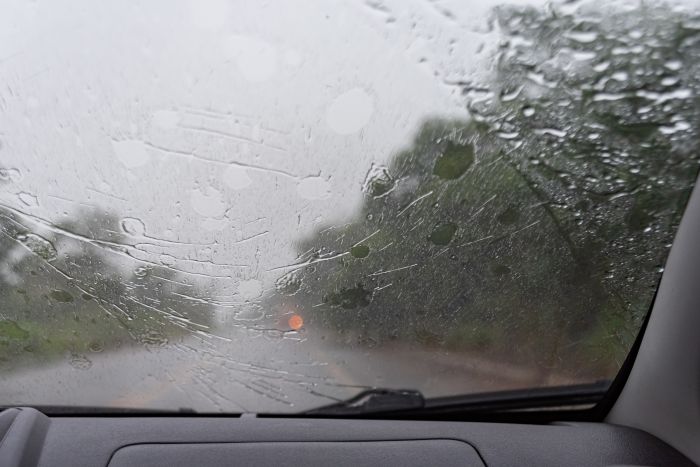
Who’s Liable in a Multi-Vehicle Car Accident?
Assigning liability in a multi-vehicle car accident is complex and challenging. In theory, the driver who’s liable in a multi-vehicle collision is the one who failed to practice care in keeping the road safe for themselves or other drivers. Based on that definition, it should be easy to identify who’s liable in a pileup. As it turns out, it isn’t. The question of “who hit who?” is complicated and hard to determine, especially since things happen very quickly. In addition, every multi-vehicle collision is unique, and there will be different circumstances surrounding each case.
Under the Florida Statute, or the comparative negligence rule, the fault will be divided among the applicable parties who contributed to the blame for the accident. It means there could be one or more drivers at fault, based on the on-site evidence and eyewitness accounts.
In a comparative negligence law, Florida courts will determine the percentage each driver contributes to the accident and accordingly order compensation for the victims. For example, suppose driver A was found drunk driving and lost control of their vehicle, resulting in a car accident affecting multiple vehicles. In that case, they will be determined to be at fault or liable for the car accident. However, if driver B sustained injuries because they weren’t wearing their seatbelt when the accident occurred, they could share the blame for their injuries. In this case, the compensation that driver B can ask from driver A will be reduced based on the percentage determined by the court that they’re part of the blame for the injuries sustained.
Because of this rule in Florida traffic law, it is also possible that more than one driver is liable for a multi-vehicle car accident. For example, more than one driver was speeding, which resulted in the vehicle pileup. All negligent drivers will share blame and liability in the accident. Sometimes, even pedestrians could be liable if the investigation determined they had caused the car accident. Or, if the vehicle was due to a faulty part, the car manufacturer can be blamed for causing the accident.
Other forms of investigation will take place to determine fault in specific car accident situations, such as rear-end and head-on collisions. No matter the circumstances behind the multi-vehicle pileup, it all boils down to the evidence at hand. The evidence will determine what really happened and who’s to blame in a car accident.
What to Do After a Multi-Vehicle Car Accident?
If you’re involved in an unfortunate situation of a multi-vehicle car accident, you must know what to do afterwards to obtain compensation for damages. First, you must prioritize safety. Check for any visible signs of injuries and seek immediate medical attention if there are any. If you cannot call for medical help, you can ask witnesses or individuals nearby to call for help.
Aside from seeking medical help, you must alert law enforcement about the multiple car crash. It is crucial for police to be on-site to file a crash report. Their report can help assign liability to a driver (or drivers) later in the case. However, the police report is insufficient, as you should also collect your own data and obtain more supporting evidence.
If you’re able to, make sure to document any evidence of the accident site. It will be crucial later on when analyzing evidence to determine who is liable in a multi-vehicle car accident in Miami. Take photos or videos of the road condition and any signs of damage to the nearby property and your vehicle. If you sustained injuries, you must also document those as they can be helpful when you seek compensation.
You must alert your insurance company and your car accident lawyer in Miami. You should never provide any statement without legal representation or guidance from your attorney. If investigators question you about the accident, do not blame yourself. Allow them to investigate the scene based on the physical evidence, so do not give any information if they do not explicitly ask for it. Any statement you issue to the investigators could affect your ability to recover compensation for the damages sustained during the car collision.
You need the following to help prove liability in a multiple car accident:
- Photo and video evidence of the accident scene
- Photo and video documentation of injuries and damages
- Data from the dashboard camera or other data recording systems
- Accident reports from the police and other law enforcement agencies
- Eyewitness accounts
Why You Need a Car Accident Lawyer in Florida
If you don’t already have a lawyer, you must work with one. They can be invaluable during pileup crashes that involve a ton of damage. An experienced car accident lawyer in Miami has extensive knowledge and experience in dealing with the legal complexities of multiple car accidents.
It is common for drivers to point the blame at somebody else in a multi-vehicle car collision. No one will admit fault to avoid the possibility of paying for the damages caused. Therefore, you must find on-site witnesses to provide accurate statements about the crash to support any physical evidence. Having several witnesses corroborate each other’s statements can help you build a strong case in determining who is at fault in a car pileup.
A legal expert, such as a car accident lawyer, can help you navigate the legal complexities of car collisions. They have been there before and seen multi-car crashes, so they know exactly what to expect. You can leverage their knowledge to ensure you’ve considered all aspects of the case to achieve fair compensation for your damages. Car insurance companies are for-profit companies that will attempt to evade payment or minimize the total cost of damages. But an experienced attorney can present your evidence in a compelling way that any potential loopholes are addressed, and get you maximum compensation based on the extent of injuries or damage.
In summary, car accident lawyers can help you with the following:
- Determine who is (or are) liable in a multi-vehicle car accident
- Verify insurance coverage and file for an insurance claim
- Document injuries and damages to calculate the estimated value of compensation
- Work with law enforcement to analyze evidence and build the car accident case
- Negotiate with insurance companies and at-fault drivers in seeking compensation
- Prepare to argue the case, should it go to trial
How Much Compensation Can You Seek in a Multi-Vehicle Car Accident?
The amount of compensation you can seek from a liable driver in a multi-vehicle car accident varies depending on the different types of damages.
The first one is the economic damages, which represents items of direct value, such as medical bills, lost wages, or property damage. However, you can also seek compensation for non-economic damages, like trauma, emotional distress, or pain resulting from the car collision.
Meanwhile, punitive damage is also subject to compensation. It requires the at-fault driver to pay for damages resulting from their egregious behavior.
Conclusion
No one wishes for anyone to be involved in a multi-vehicle crash. However, knowing what to do in case you find yourself in a similar situation is vital. Being prepared and working with legal counsel with the experience and expertise to manage the situation solidifies your position as you seek fair compensation. These experts have your best interests in mind and will use their knowledge and negotiating skills to ensure a fair outcome.





